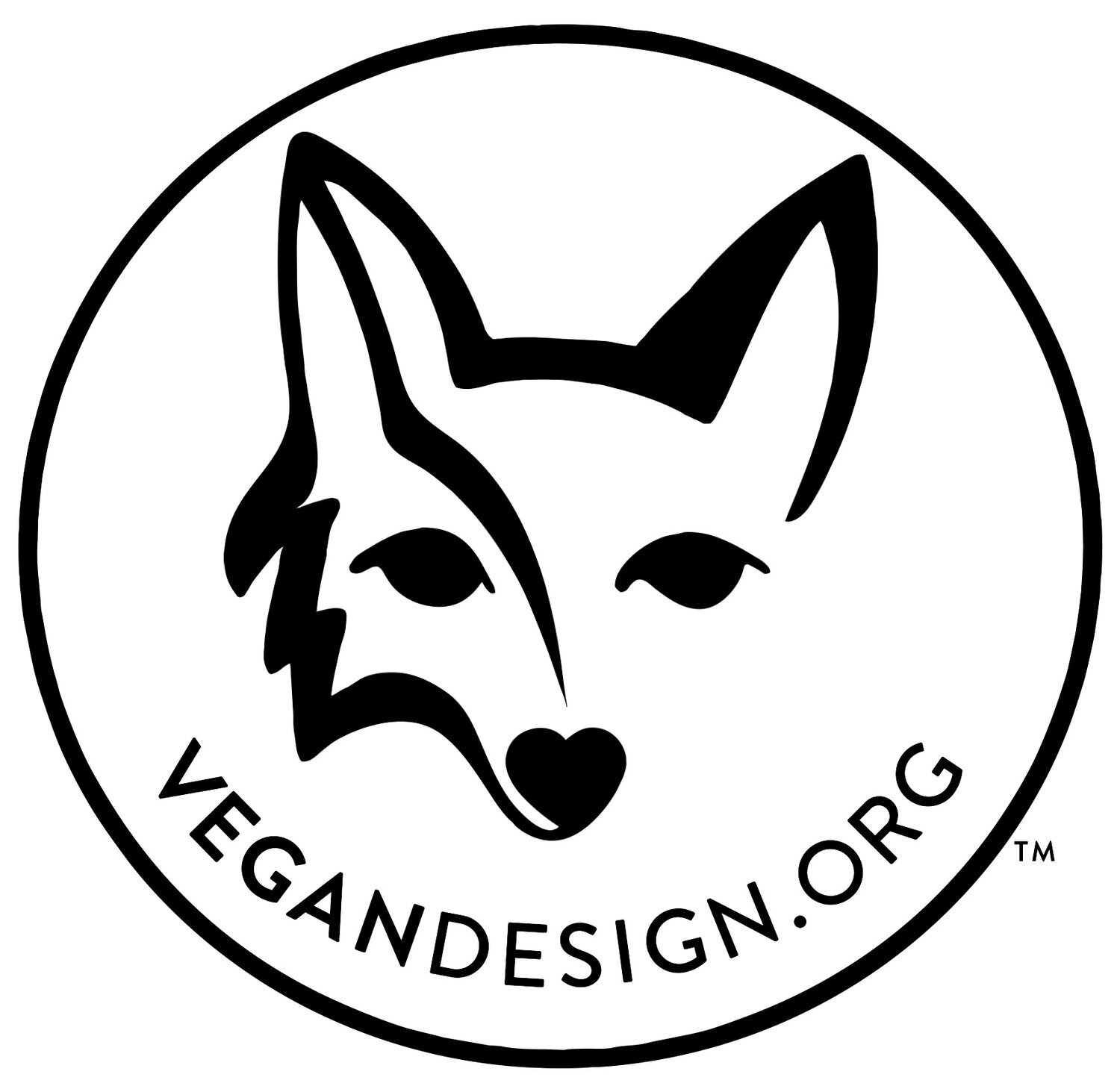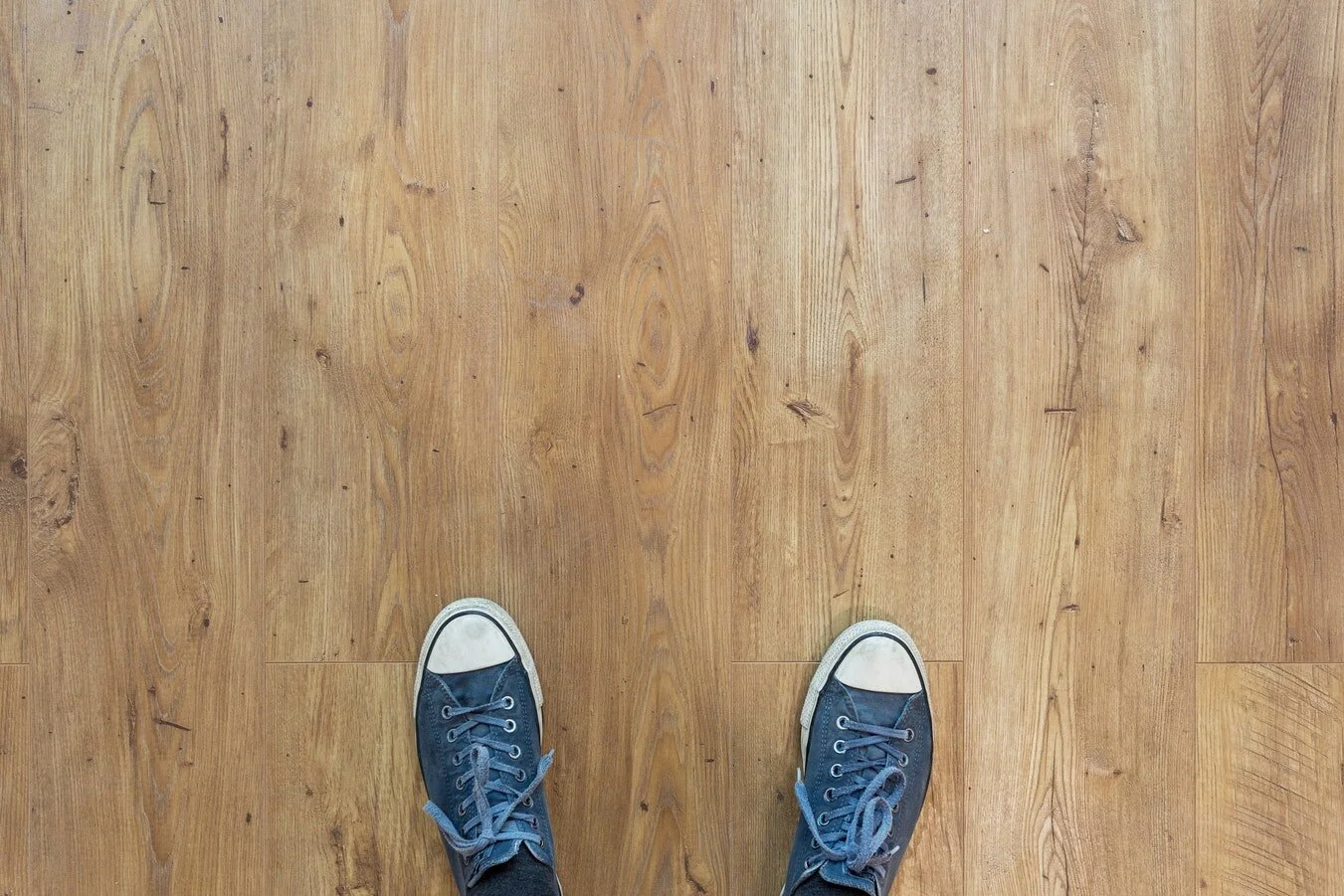5 Vegan Flooring Trends to Consider in 2023
Flooring is a challenging decision to make. They come in different forms, shapes, materials, sizes, and cost.
Sustainable flooring denotes the use of eco-friendly materials in the production process of flooring. Now, sustainable flooring is trending in the market as people are getting more and more environmentally conscious. Moreover, sustainable flooring looks ultra-chic and modern, which is an added bonus. So how do you choose the right one amidst a plethora of options on display? Read on to find out the difference between the top choices for sustainable flooring!
Sustainability is something everyone can work towards... whether it is picking up garbage you see on the street or boycotting a company that practices environmentally harmful business methods, we all can make a difference.
Eco-friendly literally means earth-friendly or not harmful to the environment (see References 1). This term most commonly refers to products that contribute to green living or practices that help conserve resources like water and energy. Eco-friendly products also prevent contributions to air, water and land pollution.
Reclaimed wood is “used”— but we’re not talking about the sawdust and two-by-four scraps leftover from someone else’s DIY project. When people say “reclaimed wood” they’re referring to aged, recycled timbers: wood that was harvested decades ago, used in construction, and then salvaged when its original building was torn down.
The types of sustainable, reclaimed, and non-toxic flooring available in the market are as follows:
1. Cork Flooring
Cork is acquired from the bark of oak trees that are mainly found in the woodlands of the Mediterranean areas. These trees are not cut down which ensures sustainable flooring. The bark of the oak trees grows back in around three years, making it renewable in nature and hence, environment-friendly. Cork flooring can be given any color and texture to make it look elegant. Also, cork flooring can last up to thirty years which makes it highly durable. It costs anywhere between two to six dollars per square foot. This is suitable for bedrooms, kitchen areas, and living rooms. Keep it away from the bathroom as it is vulnerable to wetness.
2. Linoleum Flooring
Linoleum is a material made from a blend of many diverse materials which includes linseed oil, tree resins, pigments, cork dust, wood flour, and ground limestone. These materials are biodegradable and ecological. It is durable in nature. It has a long life and can be obtained in many colors. It is also vulnerable to moisture, similar to cork flooring, making it unsuitable for bathrooms. The price per square foot of this flooring ranges between two to five dollars.
Need help picking the RIGHT vegan flooring for your home? Click HERE to learn more about our Resource Guide - it’s full of brand & product recommendations that are all vegan-friendly!
Source: Absolute Project Management
3. Bamboo Flooring
Many people confuse bamboo flooring with wood flooring due to their close resemblance. However, bamboo flooring is made up of grass which is eco-friendly and durable as well. It can go with any home décor and is very commonly seen in homes today. The cost ranges from three to eight dollars per square foot which is worth every penny.
4. Reclaimed Hardwood Flooring
Hardwood is not the desired choice for those who want an environmentally-friendly material but reclaimed wood (old wood is used instead of a new one) is the better option and also looks aesthetically appealing. It can be maintained for a long period of time, giving it a durability quotient. The price ranges between three to fourteen dollars per square foot.
5. Glass Tile Flooring
If you are wondering about the source of glass tiles, then it might come as a surprise to you that they are made from used wine and beer bottles. They do not have a harmful effect on nature as well and are easy to maintain and install in a home. They also have a long life, making them an excellent choice for flooring.
Eco-friendly and sustainable flooring trends are constantly evolving and they are indeed the smartest choice to make when considering flooring in homes. It is quite easy to get way too overwhelmed about flooring projects with the options that surround us. However, homeowners must always keep in mind the latest flooring trends for long-term investments down the road.
Would you like to learn more about healthy & humane design? Consider getting a VeganDesign.Org Certification. It’s online and a great specialty to add to your list of services. Click below for more info.
Join my Facebook Community “Design for a Non-Toxic & Cruelty-Free Home.
Wish to receive more articles like this? Subscribe to my newsletter.
Check out our non-toxic and cruelty-free Amazon shop.
Learn how to design spaces that are non-toxic, non-animal based (vegan), and promote wellbeing,
by subscribing to our Youtube Channel.
🌸 IN CASE YOU MISSED IT 🌸
Need even more pet-friendly home design tips? Check out our FREE Vegan Design Tips Sheet
We were featured in Architectural Digest, check out the article HERE
Have you taken our newest course?! Learn more about the Online Nursery & Kids Room Design Course HERE
Need help finding vegan-friendly furniture & decor shops? Check out our Resource Guide (includes over 150 brands)!
Need help creating a safe & healthy home for you & your pets? BOOK US for a 20-minute call!
Avoid buying furniture and decor that contains these nine chemicals.
5 Nontoxic Peel And Stick Wallpapers To Brighten Your Walls
Best Materials for a Kitchen Backsplash Remodel







